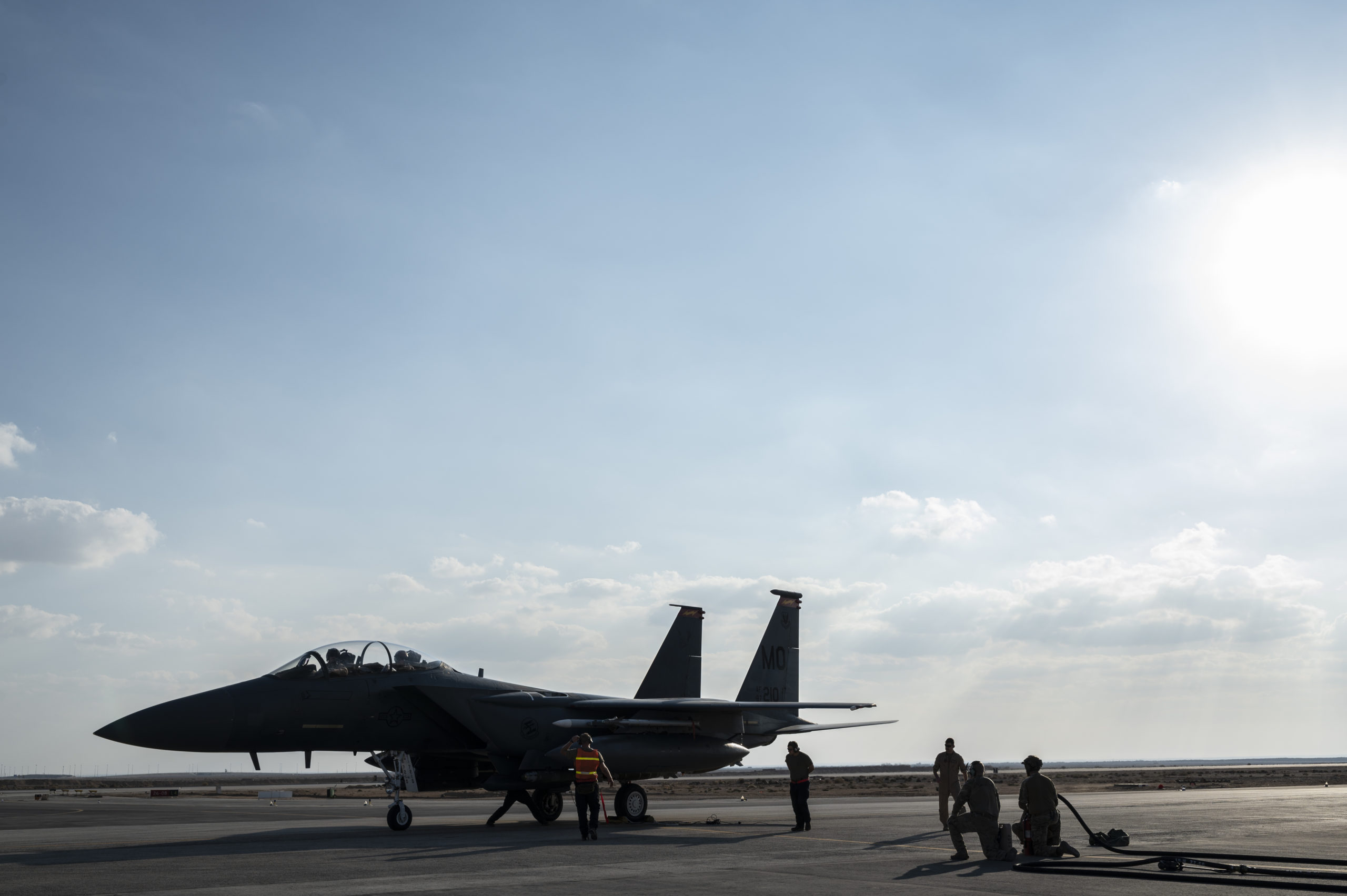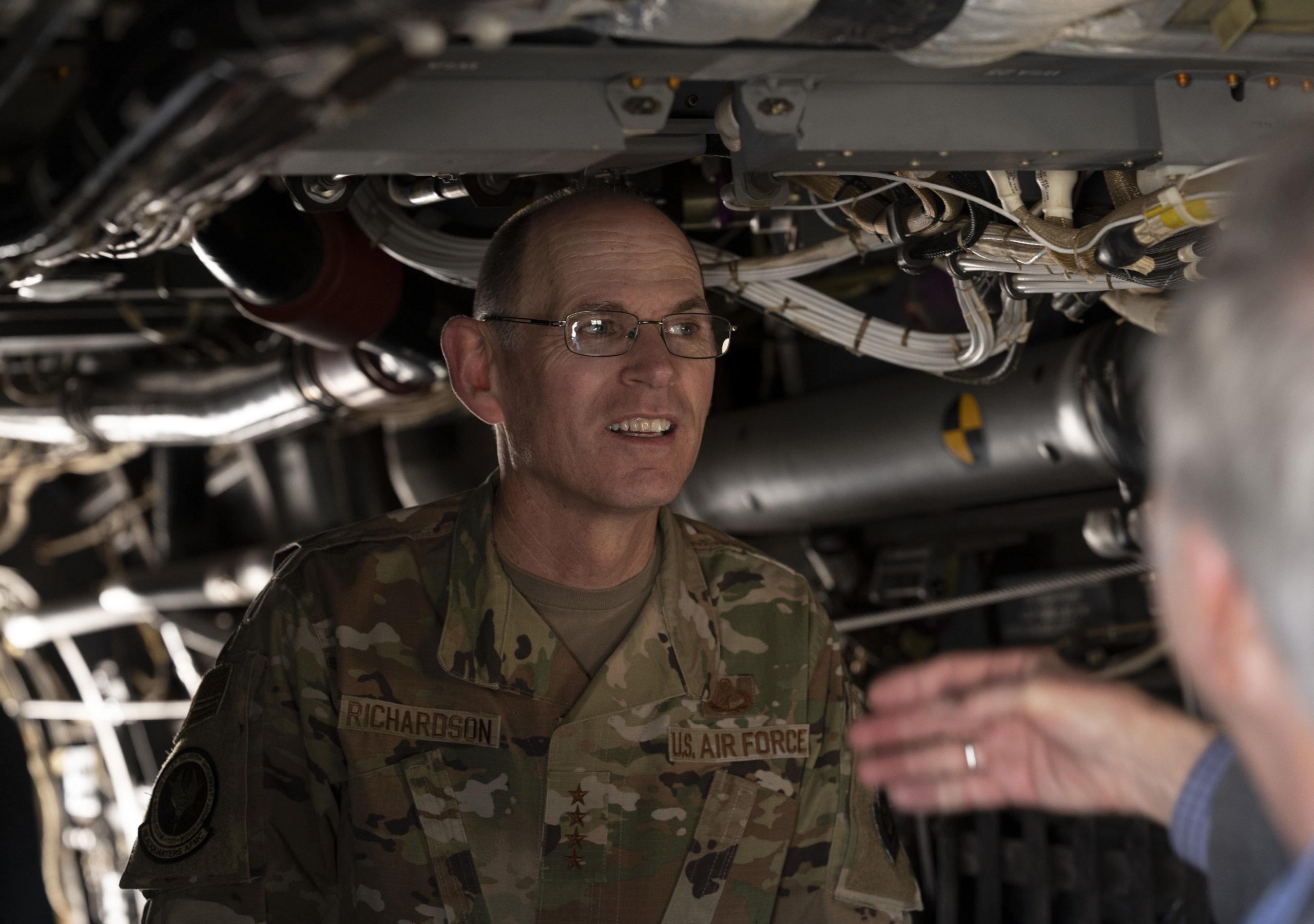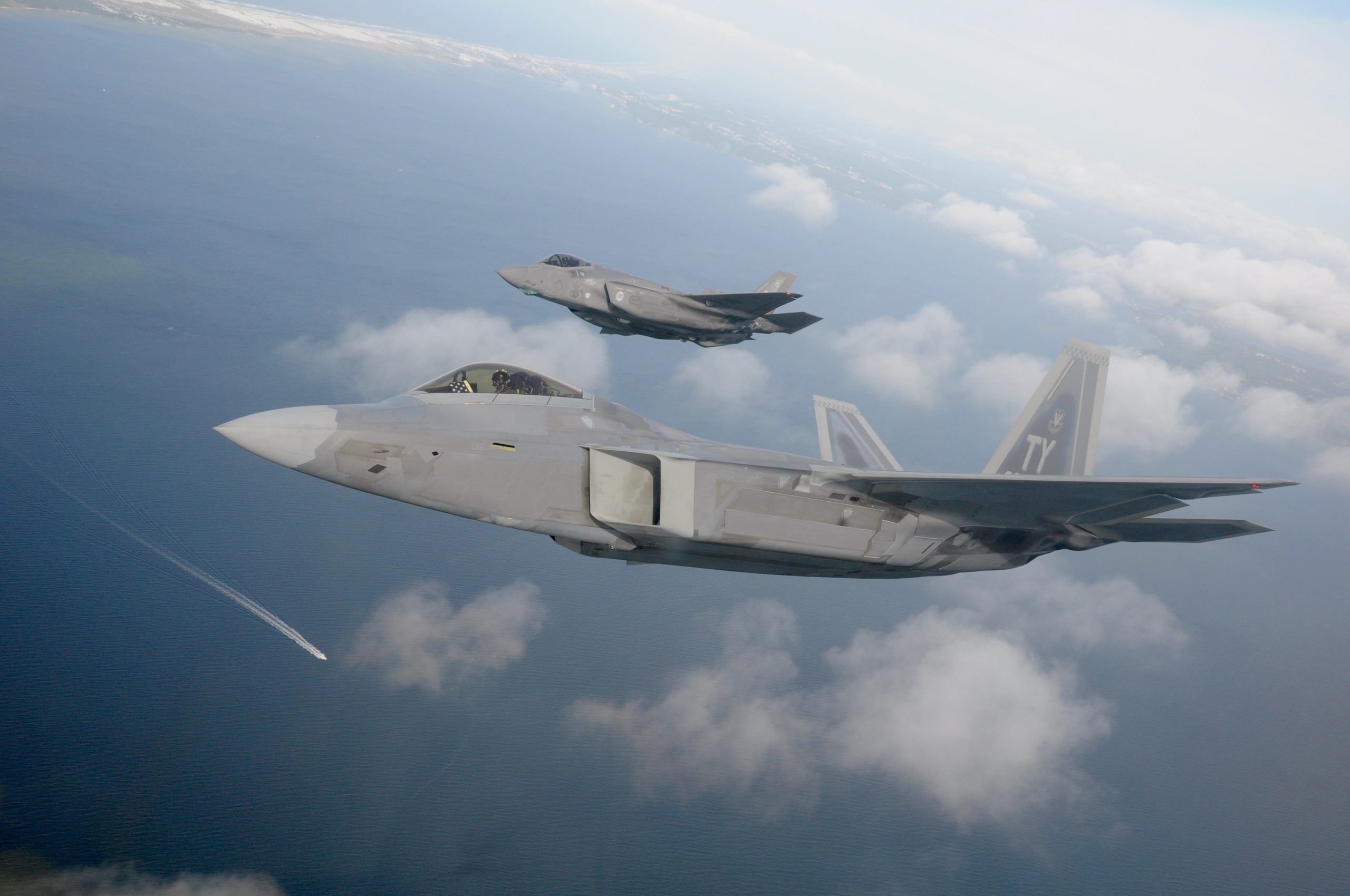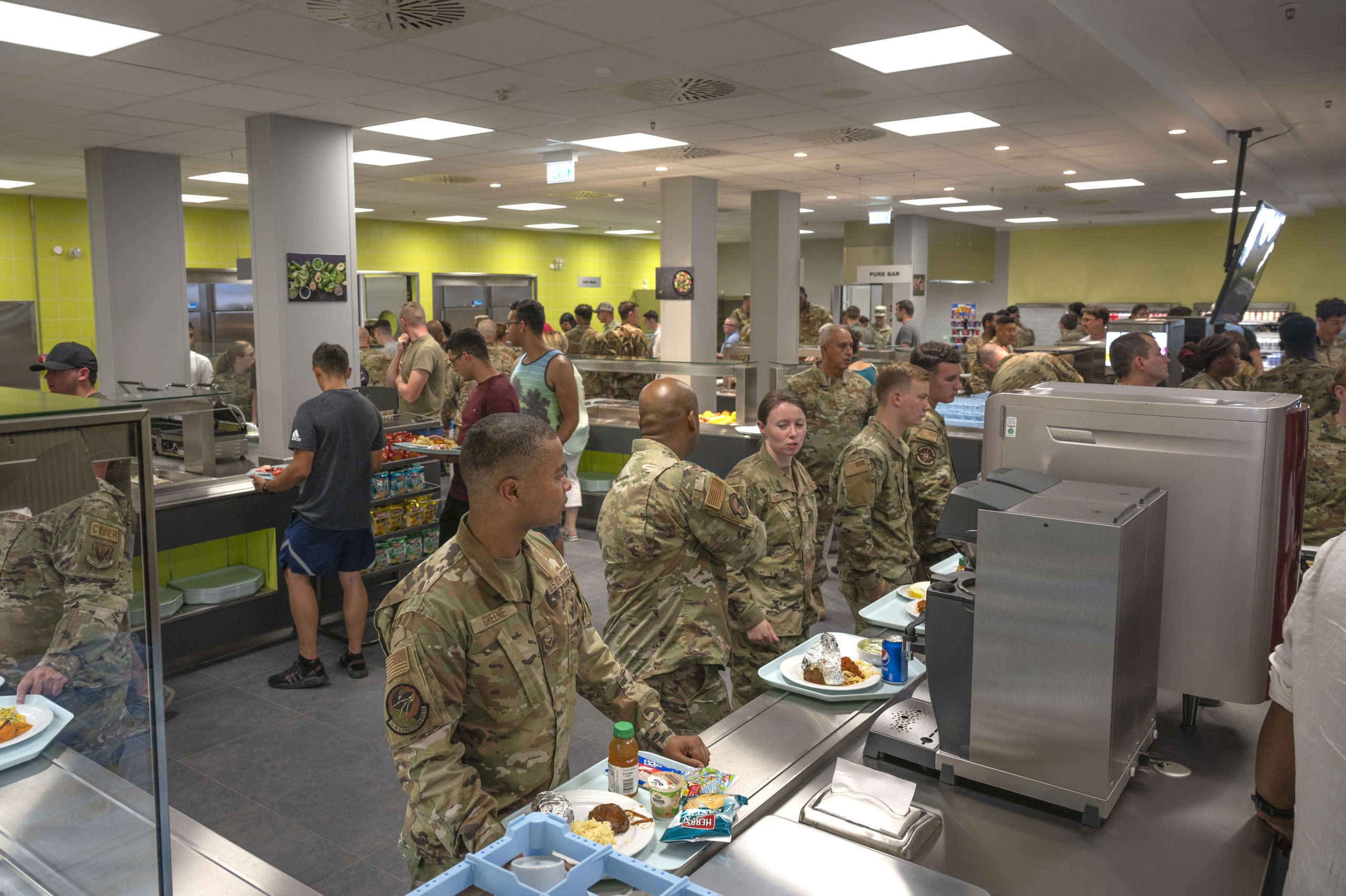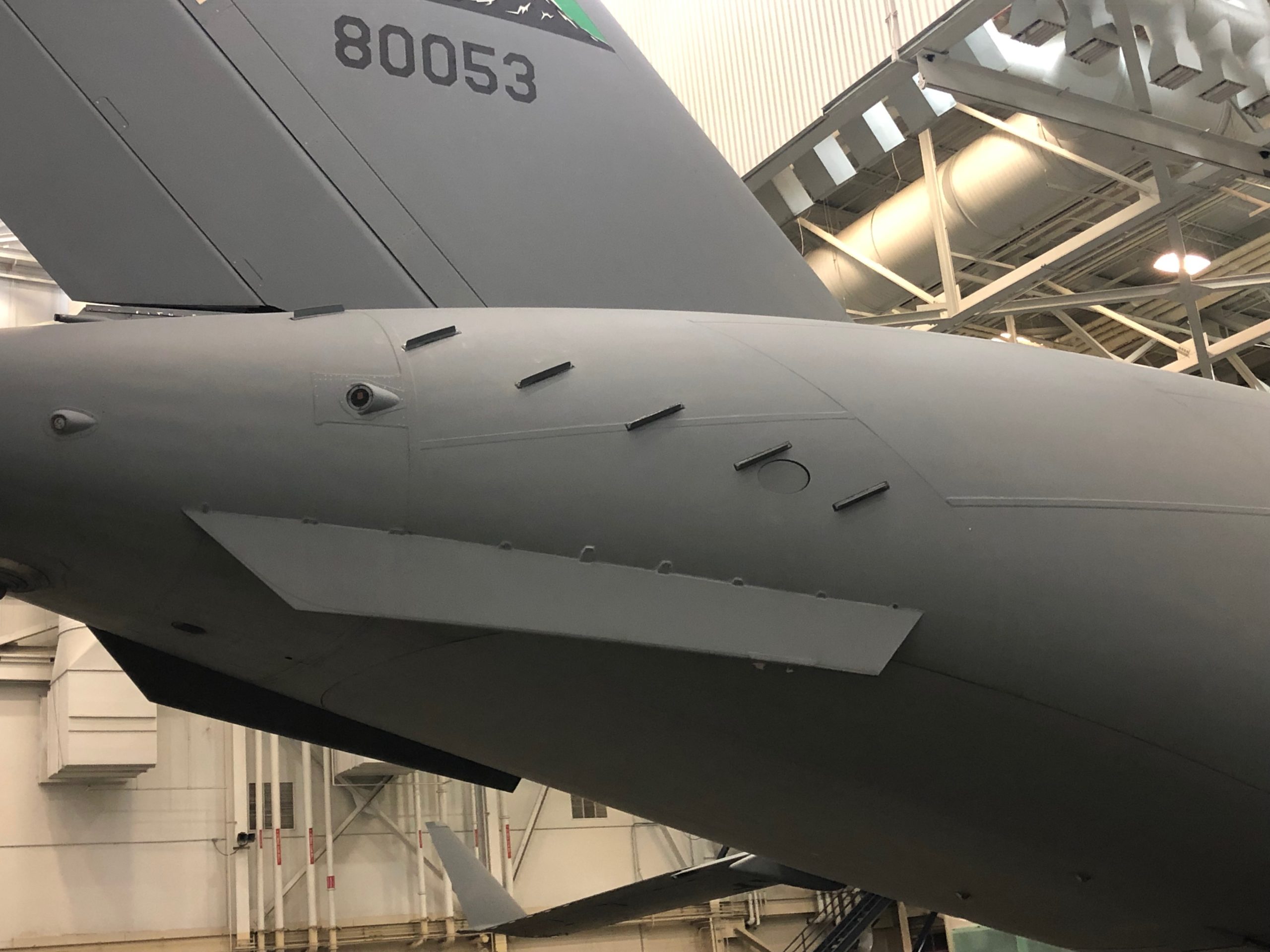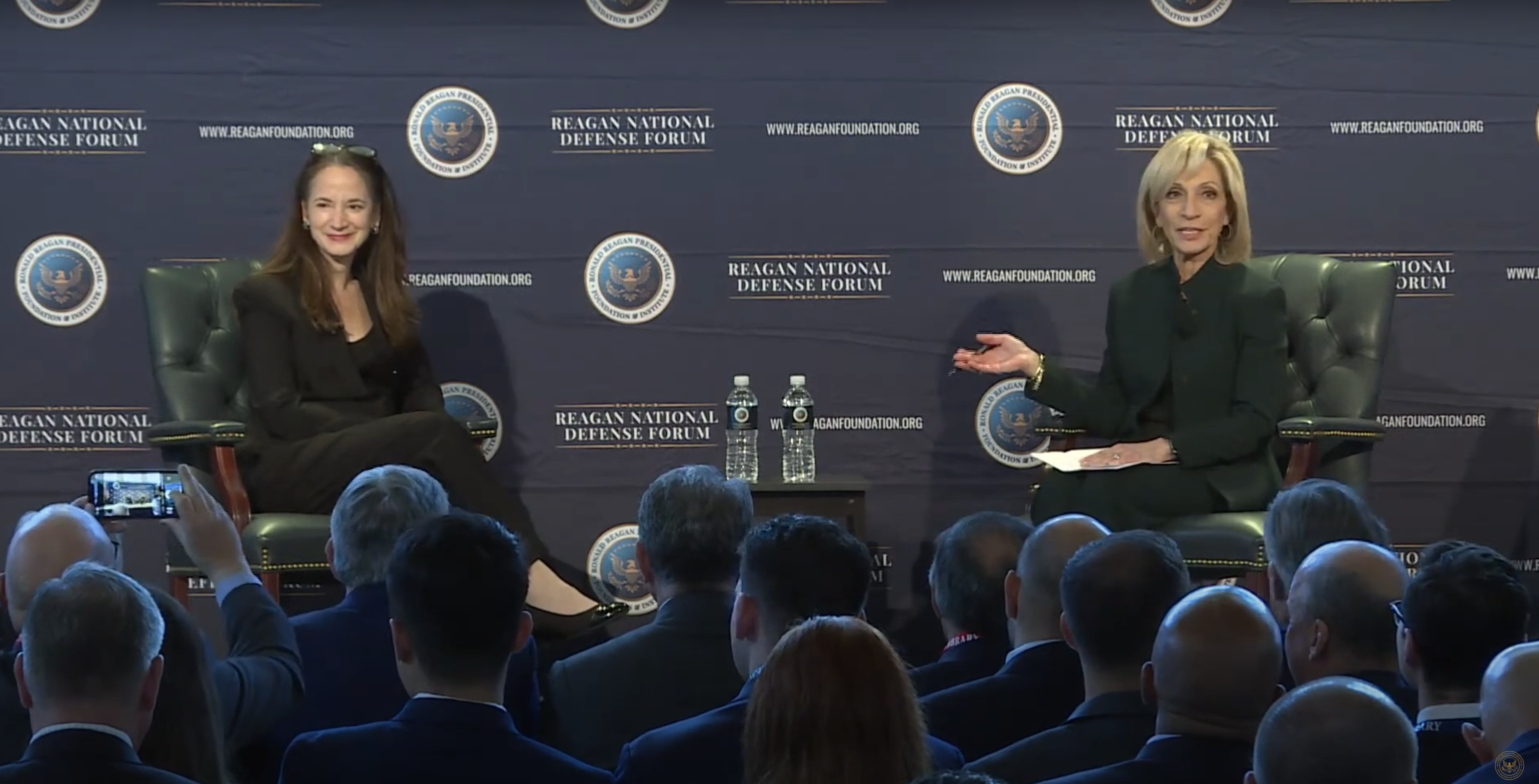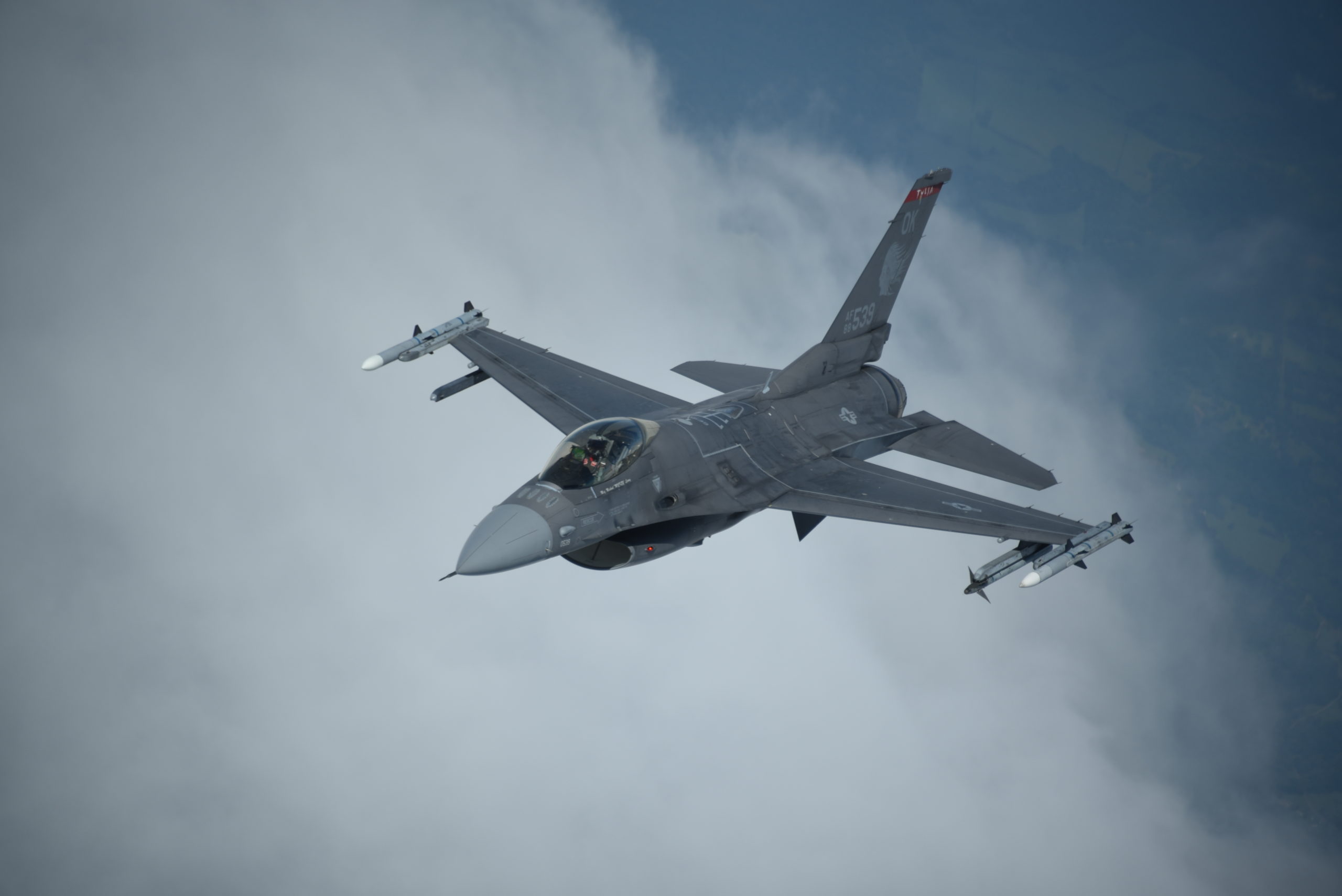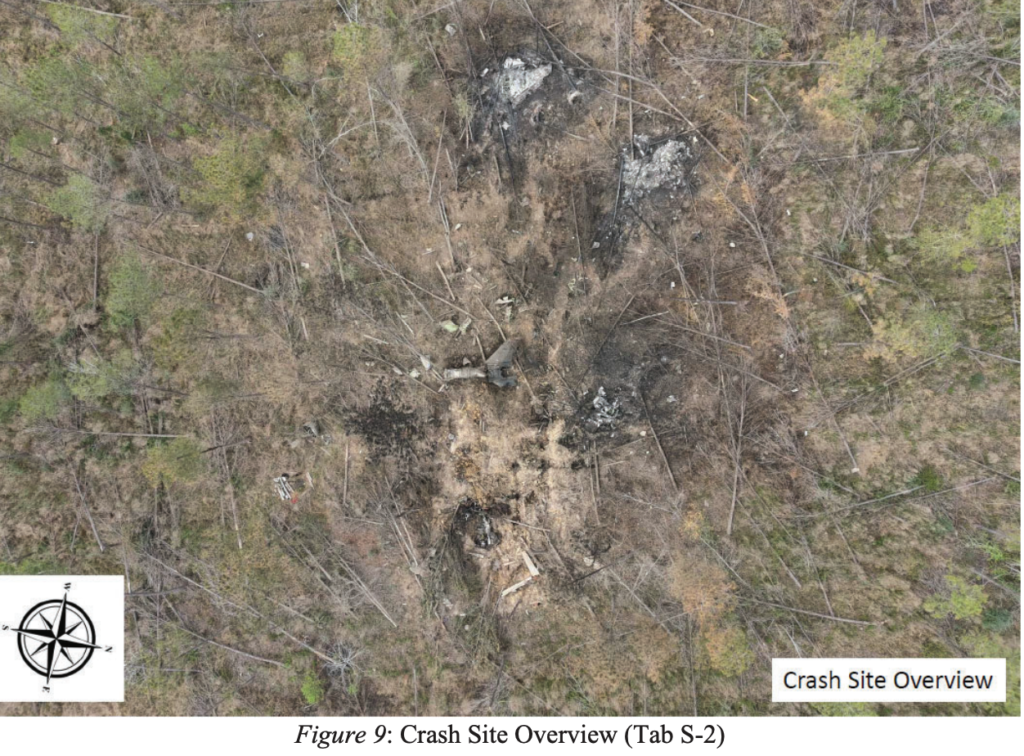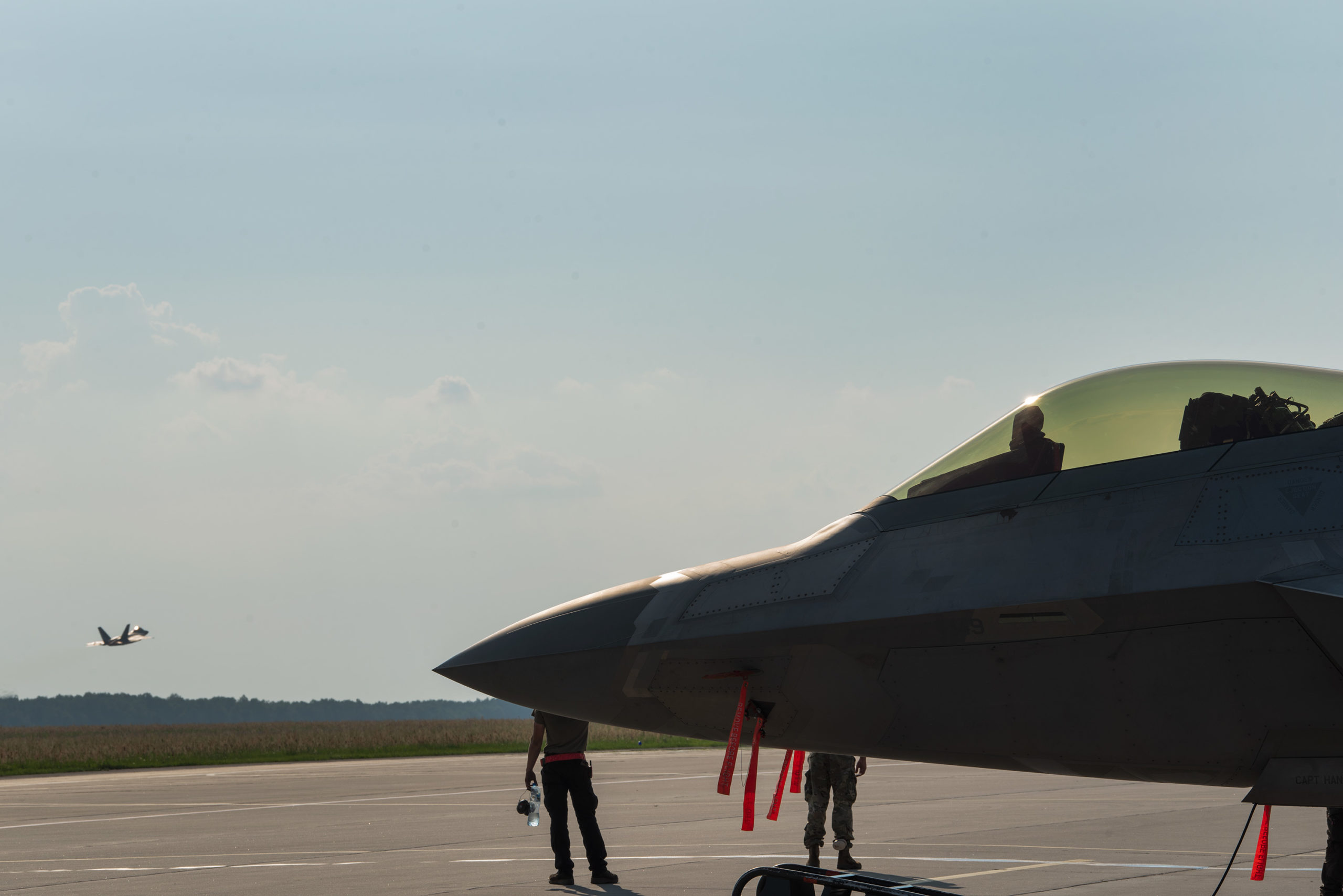The Air Force is still working out the kinks of its new operational concepts, Col. Ernesto M. DiVittorio, commander of the 366th Fighter Wing at Mountain Home Air Force Base, Idaho, said during an AFA Warfighters in Action event Dec. 7. The virtual discussion focused on two of the Air Force’s main ideas for future warfare: agile combat employment (ACE), which is the ability to operate from distributed and sometimes austere airfields, and multi-capable Airmen (MCA), the notion that service members will have additional skills to support more dispersed operations.
“We are building the airplane as we fly it with respect to a lot of the concepts that are going to be required to operate as a lead wing,” DiVittorio said when asked how the Air Force envisions the role of multi-capable Airmen.
Overall, the aim is to allow the service to operate with a smaller footprint by ensuring that Airmen have a broader skill set. Multi-capable Airmen are to key ACE doctrine since the Air Force will operate farther from larger, fixed bases with myriad support personnel.
ACE is one of the service’s top priorities. The Air Force and Department of Defense see China as the U.S.’s primary military challenge. According to the latest DOD China Military Power Report, China has increasingly capable ballistic missiles, rockets, and aircraft.
In many ways, ACE is not a new concept. The Air Force’s predecessor, the Army Air Forces, used a similar model in the Pacific campaign in World War II. The U.S. conducted brutal land, sea, and air fights in the Pacific over islands such as Tarawa and Guadalcanal in part to ensure allied control over the airfields there. Ultimately, U.S. air power prevented the American troops from ever having to invade the Japanese mainland.
“After a foothold had been gained on an island, we had Airmen that were landing aircraft, turning them and launching them, and lily padding their way across the Pacific,” DiVittorio said. “We’re taking the next step.”
During World War II, the U.S. had an army of service members adapting on the fly. The tempo of the great war demanded it. Exactly what the 21st century definition of multi-capable Airmen will be is still up in the air. The Air Force knows Airmen need additional skills and more flexibility, but the service has not come up with a firm definition of the concept or explained whether it would mean some jobs require Airmen to know less about more things.
“What we have not codified yet in Department of the Air Force instructions is if we’re going to be giving anything up or if this training will ultimately be additive,” DiVittorio said.
Right now, the service is training multi-capable Airmen to do their own jobs with the same skill level but teaching new skills that align with their current jobs, he said.
“We are training, for instance, our maintenance Airmen to do skills that are tangential to what they currently specialize in,” DiVittorio said. Civilian aircraft maintenance technicians are empowered to do more diverse tasks than Air Force crews, and it’s natural, he said, for the Air Force to try to expand what its current Airmen do.
“They learn sheet metal work. They learn other skills. They don’t just do flight line maintenance,” DiVittorio said. “We’re starting to work on getting people familiar with those skills so that in a highly contested environment where we are under threat, and we do not have a large footprint, we are still able to turn aircraft.”
DiVittorio acknowledged that ACE and multi-capable Airmen won’t replace well-staffed, highly-outfitted garrisons. But he said they are concepts the Air Force sees as necessary for the service to be prepared to go to war.
“We’re raising a new generation of commanders that are more comfortable accepting risk and making decisions to get after the mission and still take care of the Airmen,” DiVittorio said.
